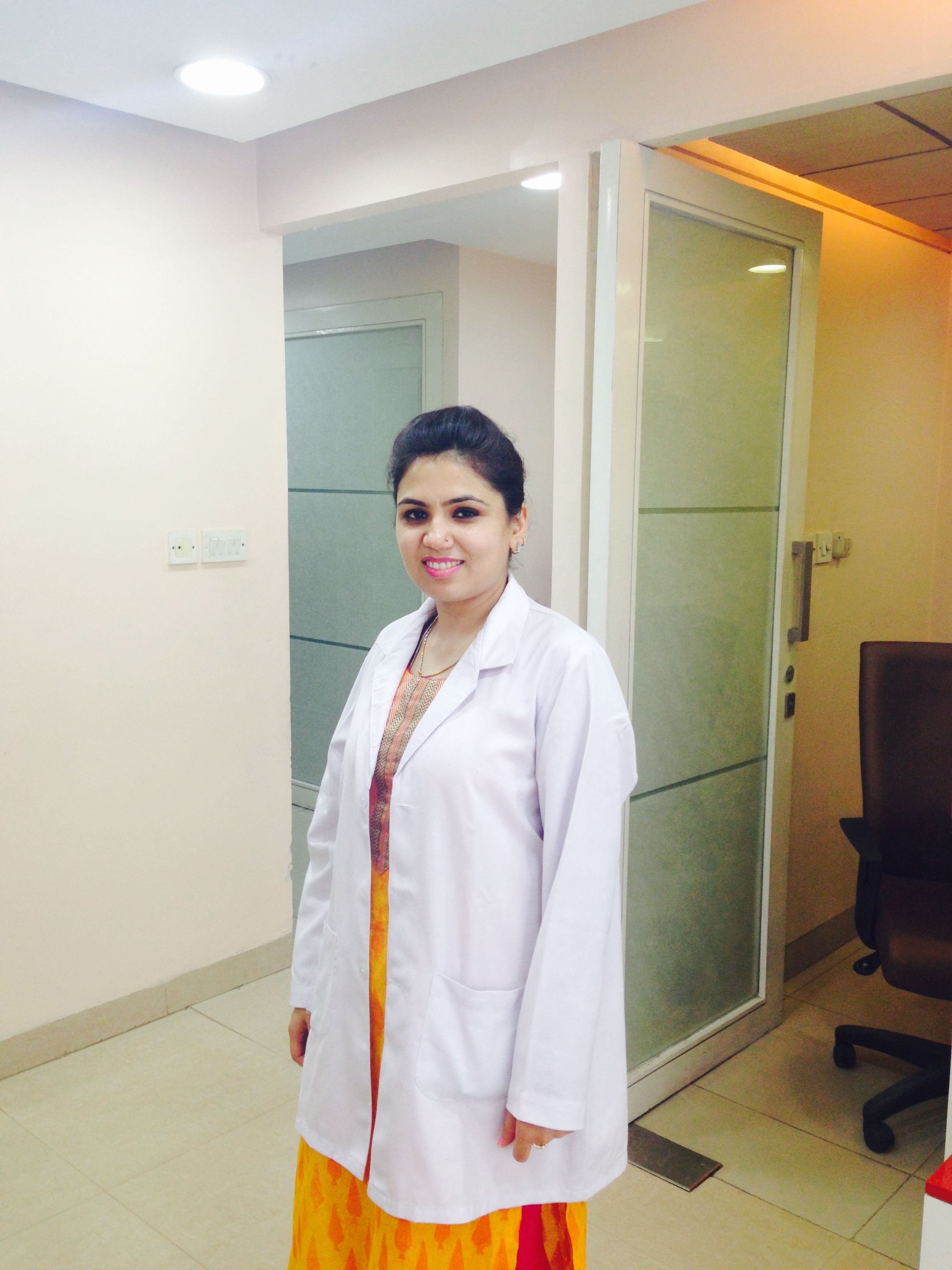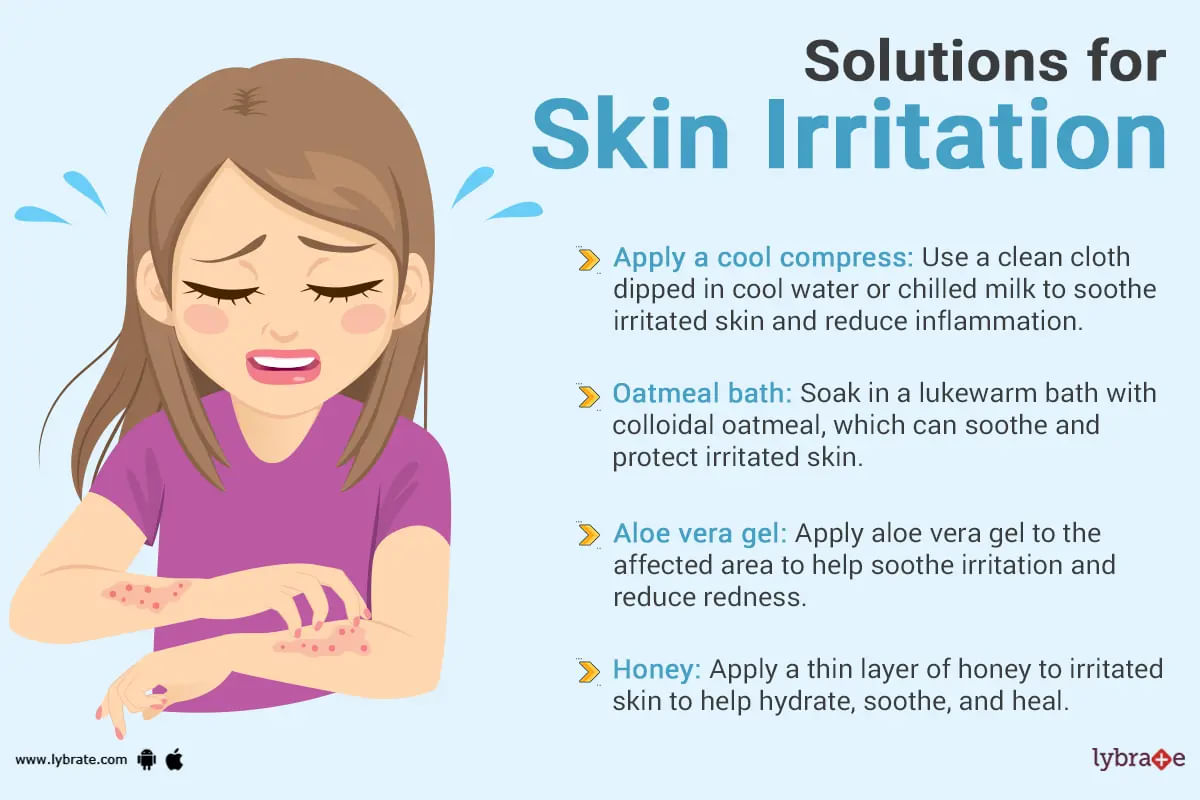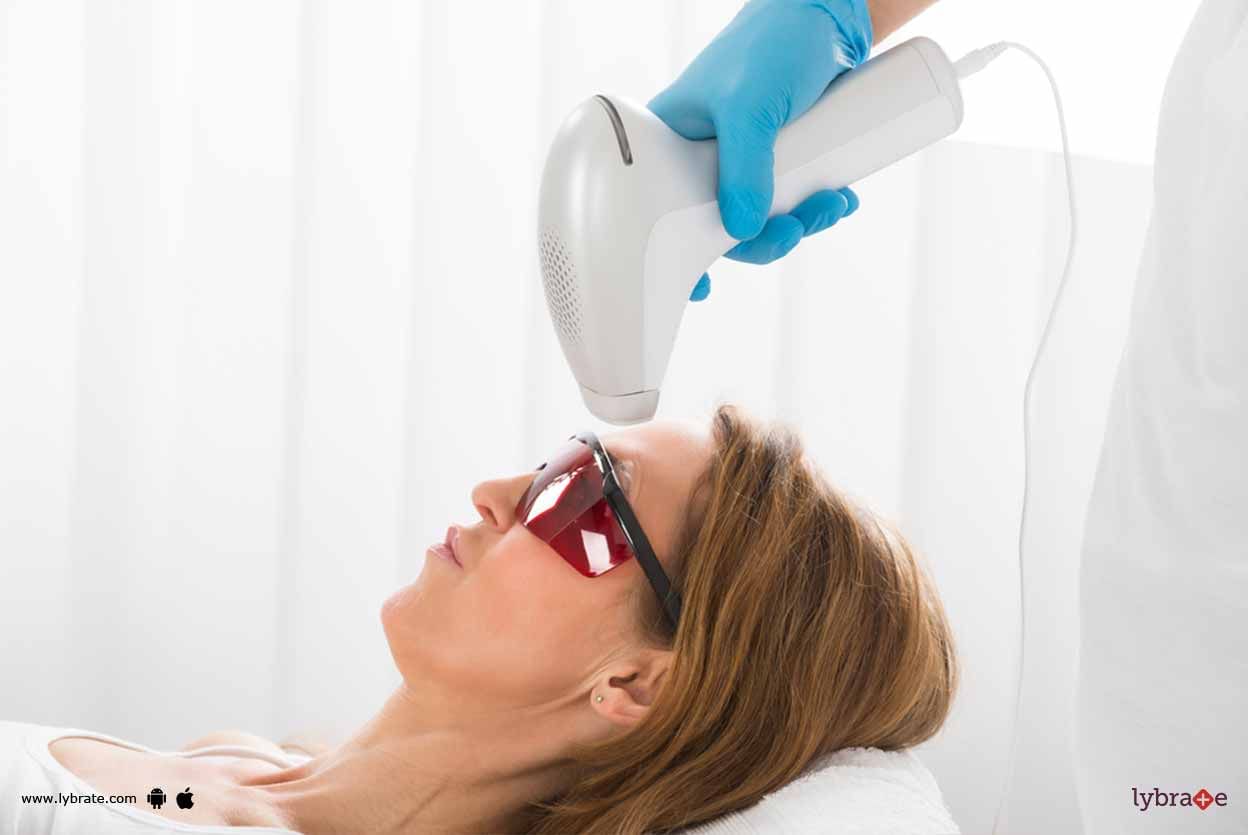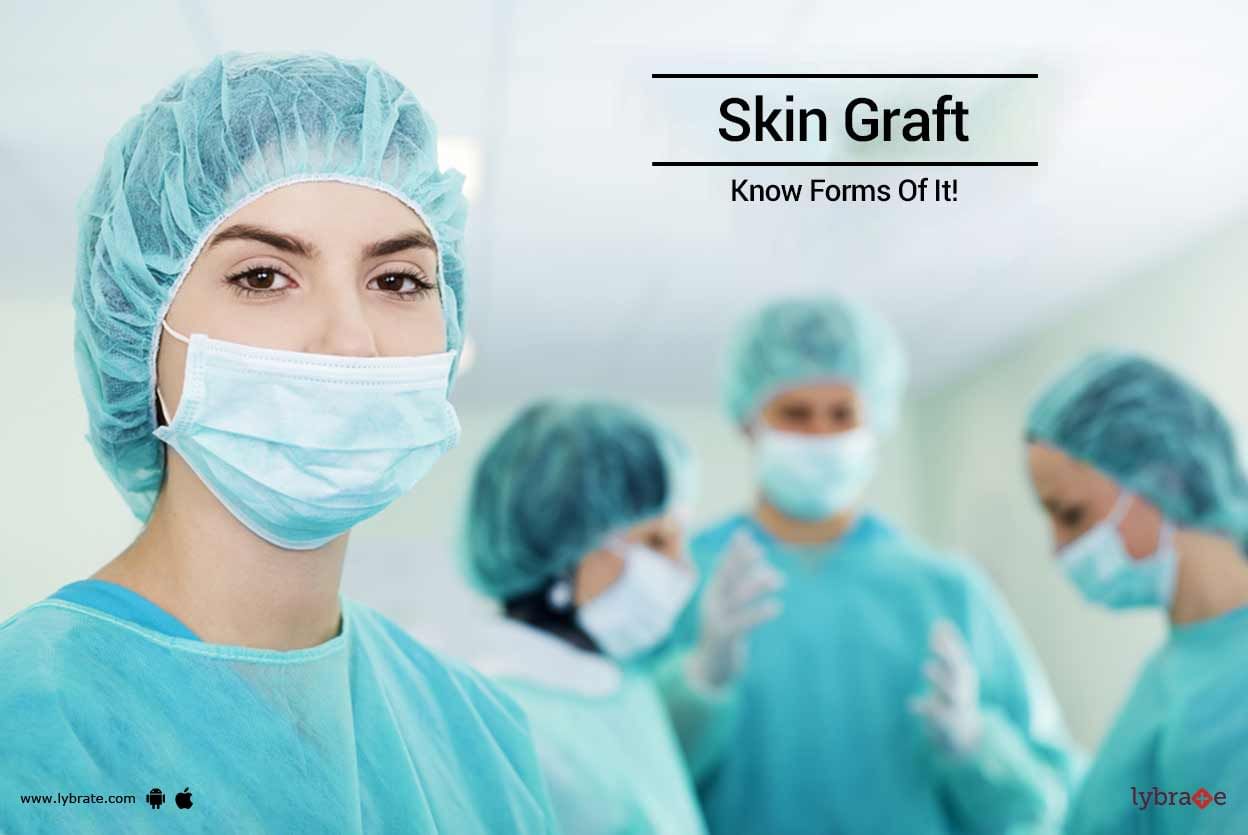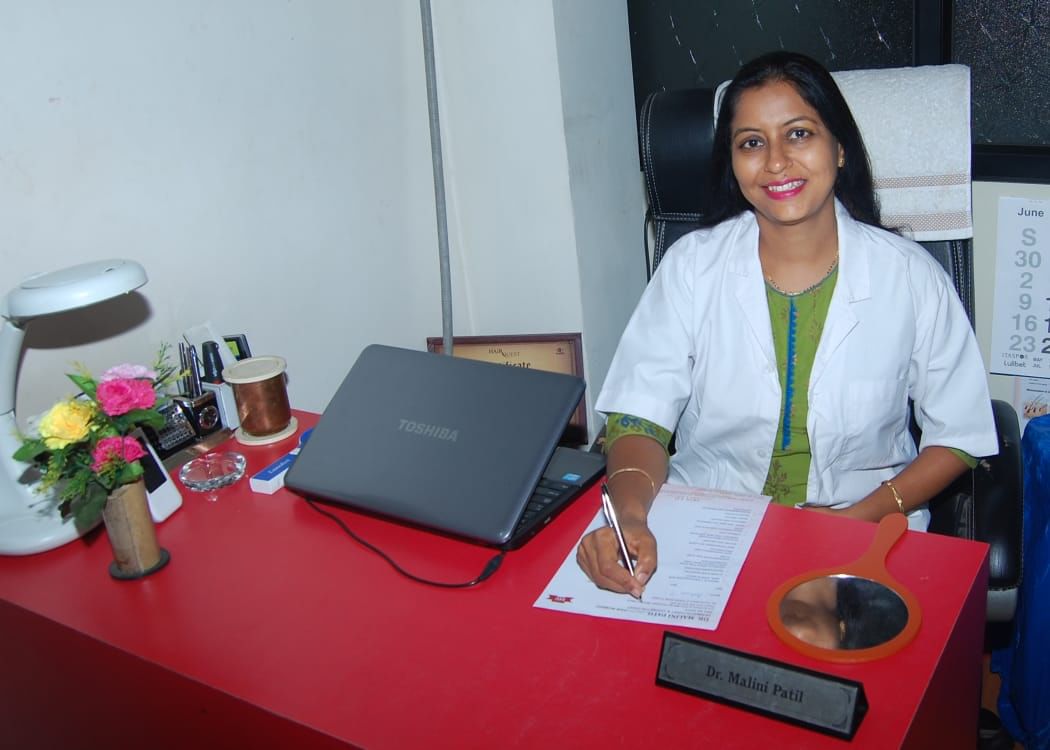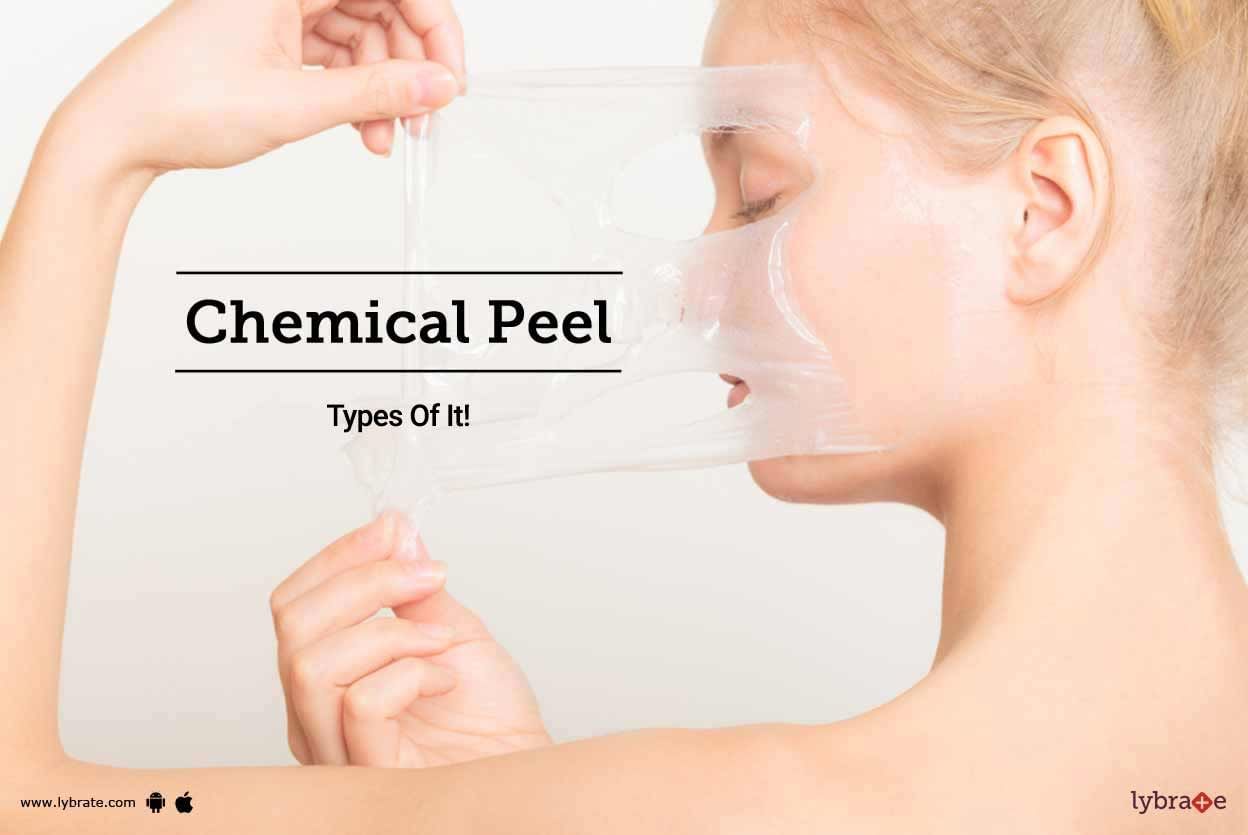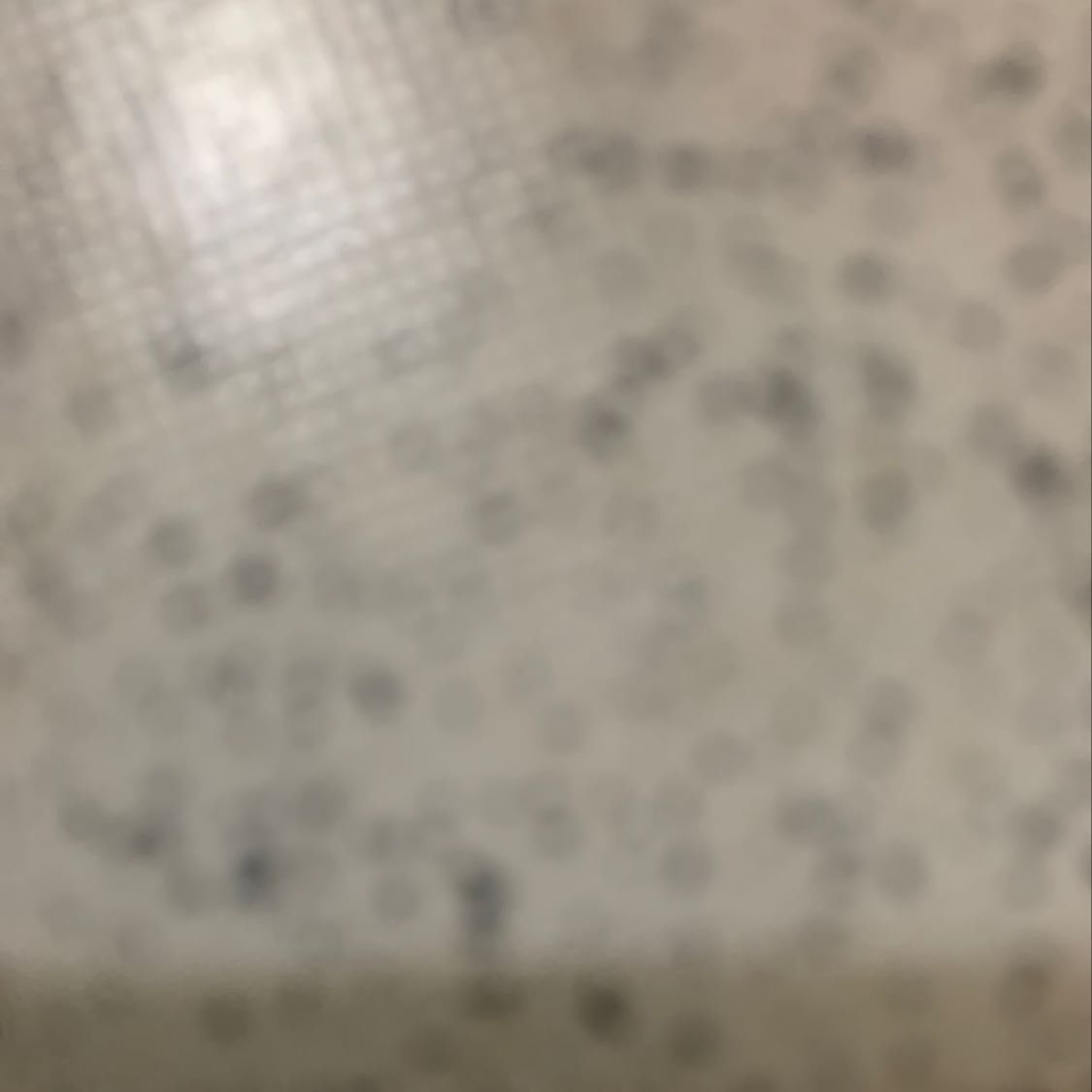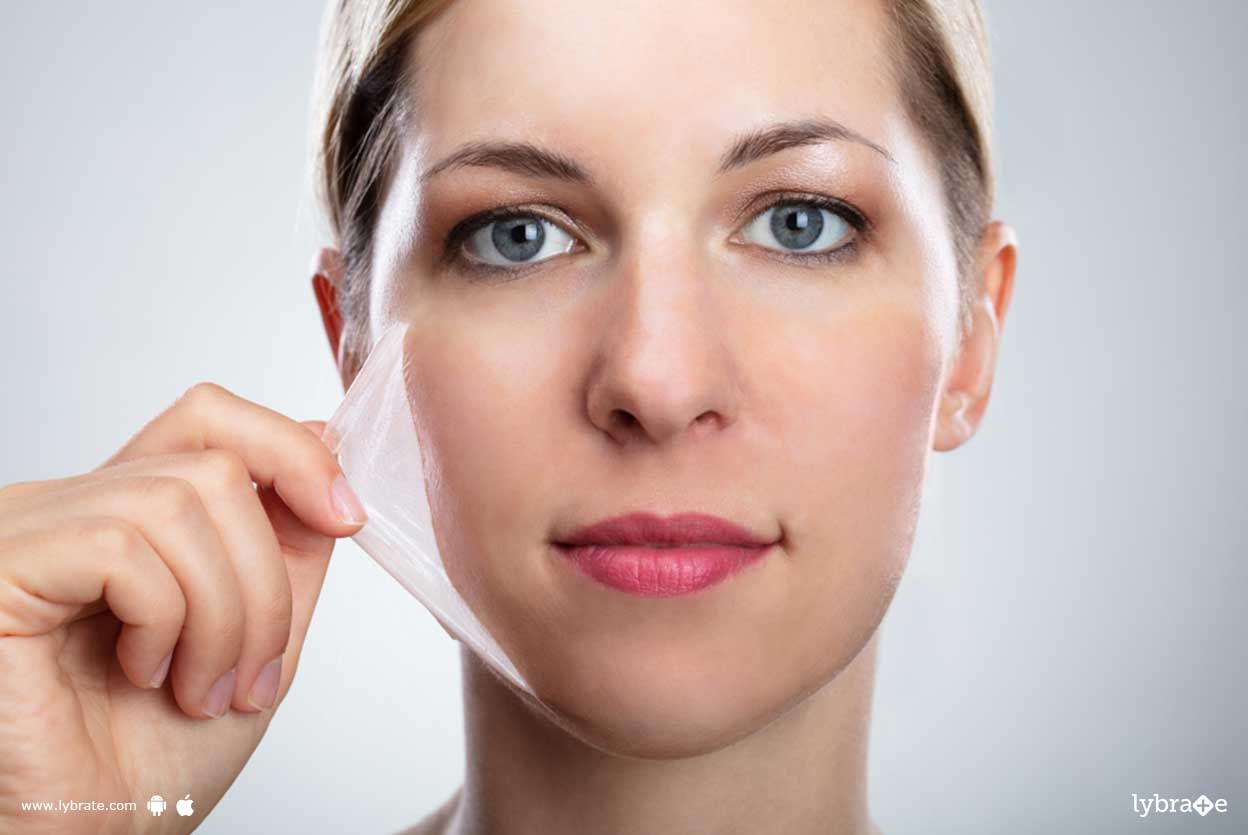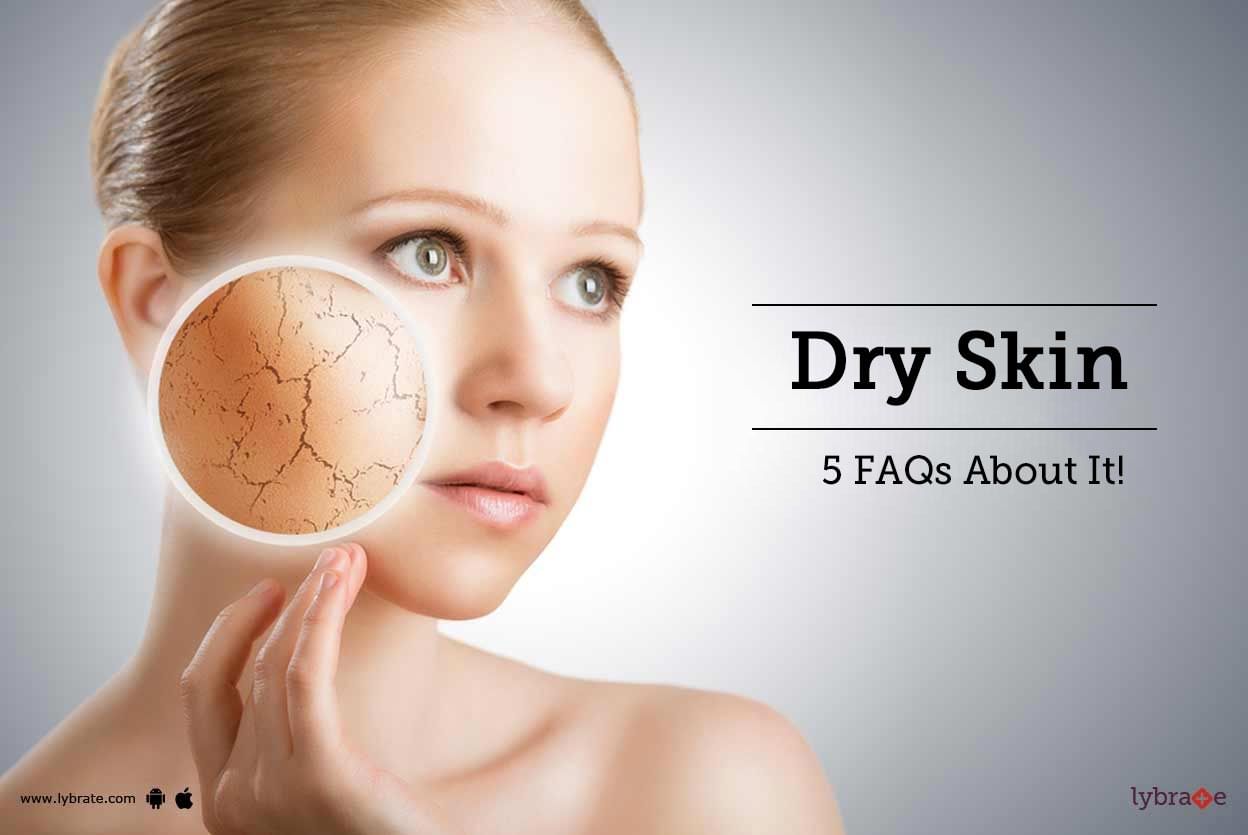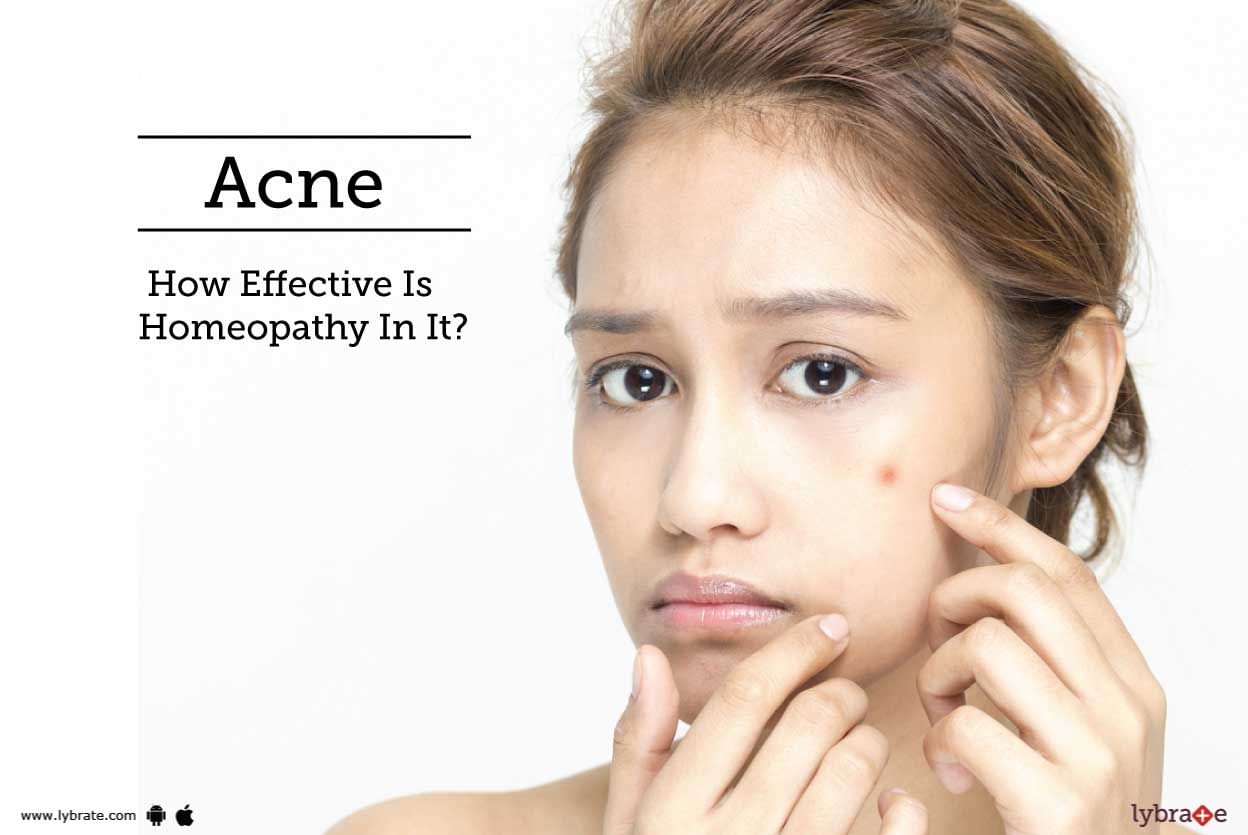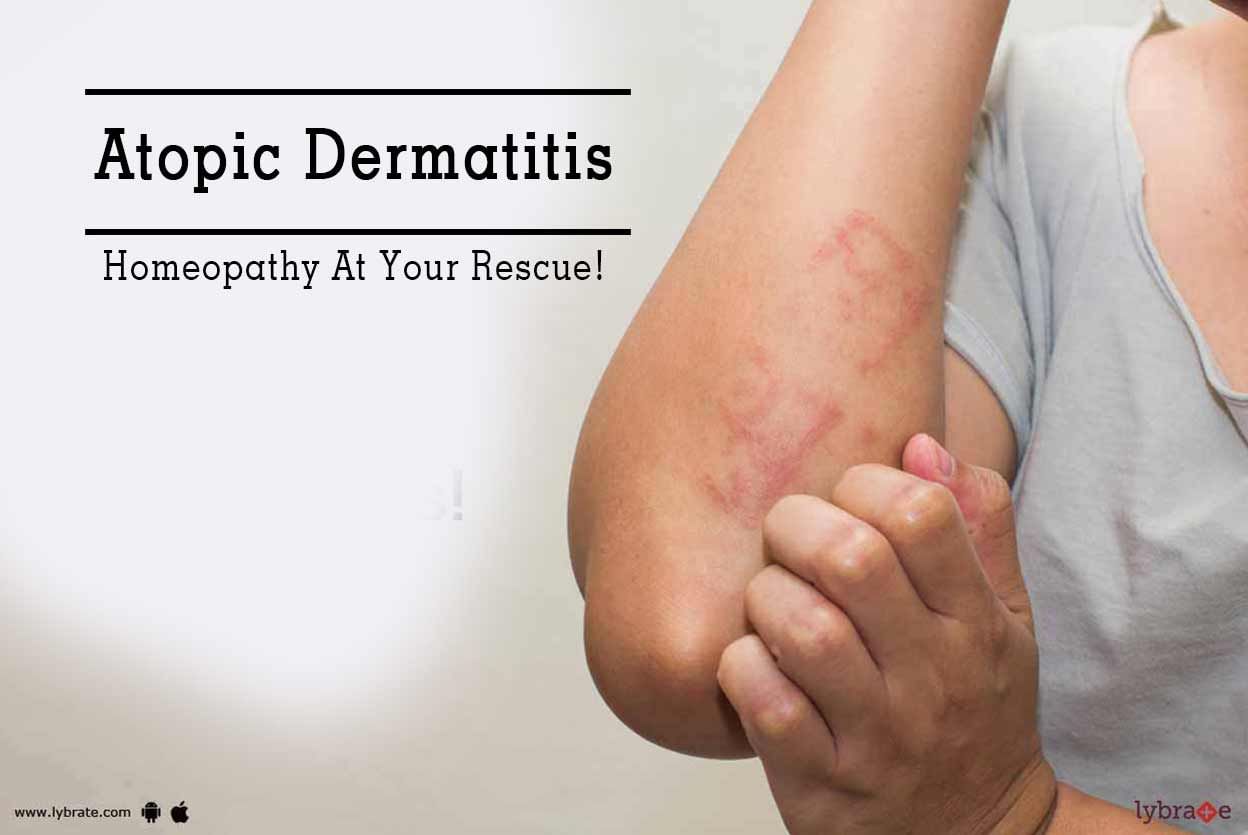Get the App
For Doctors
Login/Sign-up
About
Health Feed
Find Doctors
Health Packages
AllQ&AsTipsQuizzes
Skin Treatment Tips
Last Updated: 2 years ago• Featured Tip
Share
Bookmark
Report
1. Dr. Lipy gupta
Https://www. Lybrate. Com/delhi/doctor/dr-lipy-gupta-dermatologist-1
Md - dermatology, venereology & leprosy, mbbs
17 years experience 800 at clinic 1000 online
;
Dr. Lipy gupta is a distinguished dermatologist and member of the cosmetology society of india (cdsi). She was a former assistant professor at Dr. Ram manohar lohia hospital and pgimer. She has extensive experience treating a variety of skin ...more
Last Updated: 2 years ago• Featured Tip
Share
Bookmark
Report
भारत में गोदना यानी कि टैटू का चलन आदिकाल से है। यहां तक कि पुराणों तक में इसका जिक्र मौजूद है। हालांकि पहले यह इतना प्रचलित नहीं था लेकिन बढ़ते समय के साथ ही अब युवाओं में इसका क्रेज बढ़ता ही जा रहा है। युवाओं में बढ़ते इस टैटू के क्रेज को ऐसे ही समझ सकते हैं कि कई युवा अपने शरीर पर एक या दो टैटू नहीं, बल्कि पूरे शरीर पर टैटू बनवाए नजर आ जाते हैं। तो चलिए जानते हैं कि टैटू के विषय में वो सारी बातें जिनका जानना आपके लिए बहुत जरूरी है। टैटू हमेशा एक प्रफेशनल आर्टिस्ट से ही बनवाना चाहिए, क्योंकि इसके...more
159 people found this helpful
Last Updated: 3 years ago• Featured Tip
Share
Bookmark
Report
Skin irritation is a common problem faced by many in day to day life in the form of rashes, skin infections, itching etc. There are many irritants present in the environment which may cause these problems. Some of these irritants are pollen grains, waste products of animals, moulds etc. It is most commonly observed in the spring and summer season because of excessive sweating. Excessive sweating can trigger the symptoms of the allergic reactions. Some other products which may...more
Last Updated: 5 years ago• Featured Tip
Share
Bookmark
Report
Laser hair removal is a permanent hair removal method that makes use of laser beams to reach the hair follicles before the light from the beam is absorbed by the same. This method is preferred by people who do not want to go in for traditional methods like waxing, tweezing and epilating as these require regular sessions and may not always be convenient. So, here's all you need to know about laser hair removal:
* Precision: The laser beam that is set on to the skin gets absorbed by the p...more
* Precision: The laser beam that is set on to the skin gets absorbed by the p...more
Last Updated: 5 years ago• Featured Tip
Share
Bookmark
Report
Skin graft is a form of a surgical procedure, which involves removal of the skin of a particular region of the body and transplanting it to a different body portion or to a separate individual. Grafting is usually recommended by the doctor if the patient has suffered from extreme burns or the protective layering of the skin of that particular region has been damaged because of extreme illness, bed sores sustained infection on the skin or repeated injuries. Grafting is also recommended as a proce...more
Last Updated: 5 years ago• Featured Tip
Share
Bookmark
Report
A spotless, flawless complexion is what we all crave for. But owing to several environmental and genetic factors, your skin gets affected and gradually loses its glamour. Chemical peeling is a cosmetic treatment used to improve your skin s appearance. Chemical peeling can effectively treat the following skin conditions-
Fine lines and wrinkles
Age spots
Sun tan
Acnes and scars
Melasma
Hyperpigmentation
Types of Chemical Peels-
Chemical peels are of three kind...more
Fine lines and wrinkles
Age spots
Sun tan
Acnes and scars
Melasma
Hyperpigmentation
Types of Chemical Peels-
Chemical peels are of three kind...more
Last Updated: 5 years ago• Featured Tip
Share
Bookmark
Report
Dermatologist•Bhubaneswar
As winters have started, the demand for improving the skin texture and natural glow has also increased. This leads to an increase in the need for the utilization of the chemical peel treatment in recent times. It is one of the recommended ways of treating dead cells of the skin as well as exfoliating the skin in the best way. You know that after every skin treatment, our skin needs rest and proper care to recover successfully to showcase the best results of the respective treatment. The same is ...more
Last Updated: 5 years ago• Featured Tip
Share
Bookmark
Report
Everyone dreams of having a flawless and smooth looking skin but it is not just the looks that are impacted if the skin rough and cracked, it is also your skin health. There are many skin issues which people suffer from, dry skin being the commonest of all. Read on to know more about the condition.
Ques 1 - What is dry skin?
Rough, dry, red patches on the skin which are usually itchy can be termed as dry skin. Dry skin is medically known as xeroderma.
Ques 2 - What are the ...more
Ques 1 - What is dry skin?
Rough, dry, red patches on the skin which are usually itchy can be termed as dry skin. Dry skin is medically known as xeroderma.
Ques 2 - What are the ...more
Last Updated: 5 years ago• Featured Tip
Share
Bookmark
Report
Homeopathy is a branch of medicine that focuses on improving the body's healing mechanism to treat the cause of the disease. Acne is a skin condition that results in lesions (pimples) in the face or other areas of the body. Homeopathic treatments are based on the premise of removing the cause of the disease rather than just curing the symptoms.
Homeopathic remedies are prescribed after a thorough analysis of your medical history, emotional and physical constitution. All Homeopathic medicines...more
Homeopathic remedies are prescribed after a thorough analysis of your medical history, emotional and physical constitution. All Homeopathic medicines...more
Last Updated: 5 years ago• Featured Tip
Share
Bookmark
Report
Atopic Dermatitis is a specific type of eczema which occurs when the epidermal layer of the skin is affected by eczema causing bacteria and other microorganisms. These eczemas are treatable and homeopathy finds a simple and natural solution to this disease. It not only helps to contain the disease from spreading it to other parts of the body but also helps in curing it of the root itself. There are some quick and effective remedies towards atopic dermatitis through homeopathy. Some of these are ...more
Book appointment with top doctors for Skin Treatment treatment
View fees, clinic timings and reviews
Ask a free question
Get FREE multiple opinions from Doctors
posted anonymously

